Note: This is a guest posting from Maren Robinson, production dramaturg for our winter MainStage production of Hunger.
The work that the scientists in Hunger are conducting is scientific work that continues today. Portions of the story are flashbacks to the seed gathering trips conducted by Nikolai Vavilov and his students. In many ways Vavilov was wildly ahead of his time in seeking to gather and to preserve seeds both for research purposes and to maintain crop diversity.

Nikolai Vavilov on a 1927 seed-collecting trip.
Gathering seeds in dangerous and exotic countries can make science seem a bit more like an Indiana Jones movie. Vavilov did survive plane crashes, visit exotic locations, and have to make camp near lions. However, these trips to collect seeds are not just an excuse for dramatic tourism. Understanding biodiversity and the spread of crop plants and plant domestication around the world helps scientists understand our current crop plants and could be key in helping develop new crops and preventing world hunger. As climates change, it is useful for scientists and plant breeders to have access to seed stock of plants that grown in dry climates or wet climates to create new hybrids which may be more successful in certain climates or more resistant to certain pests.

Seed drawers at the Vavilov Institute in Leningrad.
Seed gathering is still a scientific pursuit. There is a new documentary, Seed Hunter, which focuses on current efforts to collect seeds around the world.
In Leningrad, in what is now named the N.I. Vavilov Institute of Plant Research there are still stores of seeds. However, in August 2010, the Pavlovsk Experimental Station, growing fields near Leningrad (now St. Petersburg) were under threat as the Russian government considered selling the fields to real estate developers suggesting that the delicate plants could be moved. After global outcry Russian President Dmitri Medvedev said the issue would be reviewed but the fate of the fields has yet to be resolved. According to a recent article in Guardian, the station’s collection includes such biodiversity as 600 types of apples collected from 35 countries.
On February 26, 2008, the Svalbard Global Seed Vault opened. Also known as the “doomsday” vault, it is contains more than 500,000 varieties of seeds and is the most diverse collection of crop seeds in the world. Located on the artic ocean in a Norway it is meant to protect and preserved crops seed from pests, disease, natural disasters and climate change.

The “Doomsday” seed vault in Svalbard
In addition to these places to try and save seeds. Modern science and agribusiness has complicate the issue of seeds further. As companies have worked to genetically modify crops some companies have included a controversial “terminator gene.” This gene means that seeds saved from the plant will not germinate. New seed stock must be purchased from the company who created the modified seed. Companies view this as a way to protect intellectual property but has been criticized who worry genes that impede the procreation of plants could make their way into other plant populations and could be detrimental to subsistence farmers, creating a whole new range of concerns about the future of crop seeds. (It is important to clarify here that hybridization by cross breeding compatible crops is not the same as genetic modification of plants done in a lab.)
For those interested in biodiversity and gardeners interested in preserving heirloom varieties the Seed Savers Exchange is a non-governmental seedbank in the United States which collects and exchanges seeds among farmers and gardeners.
